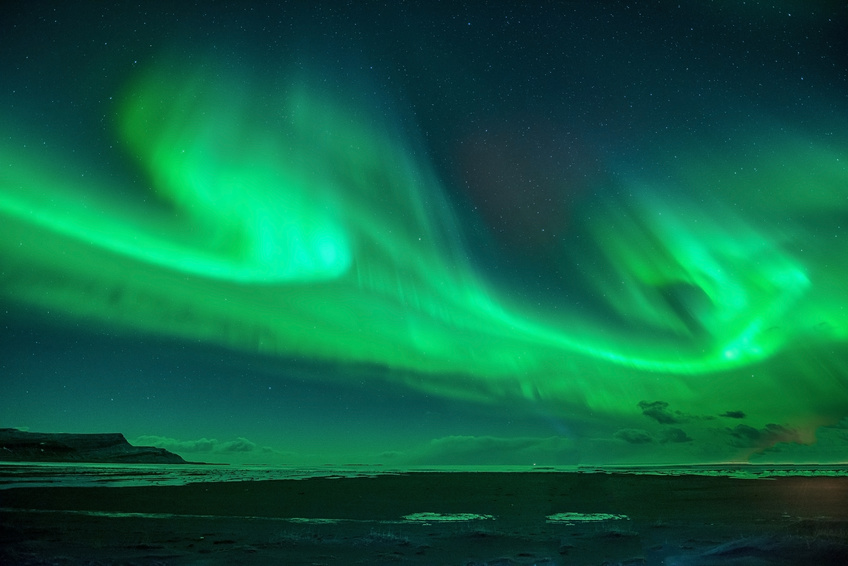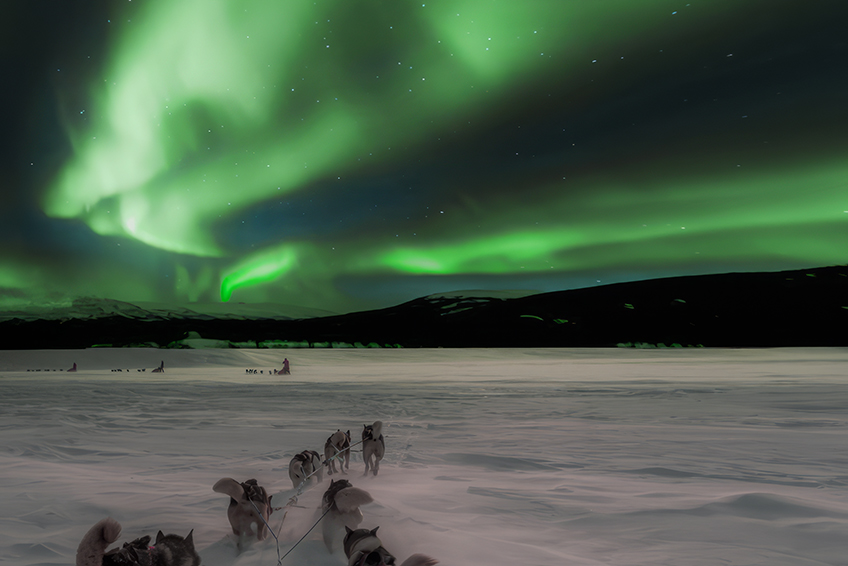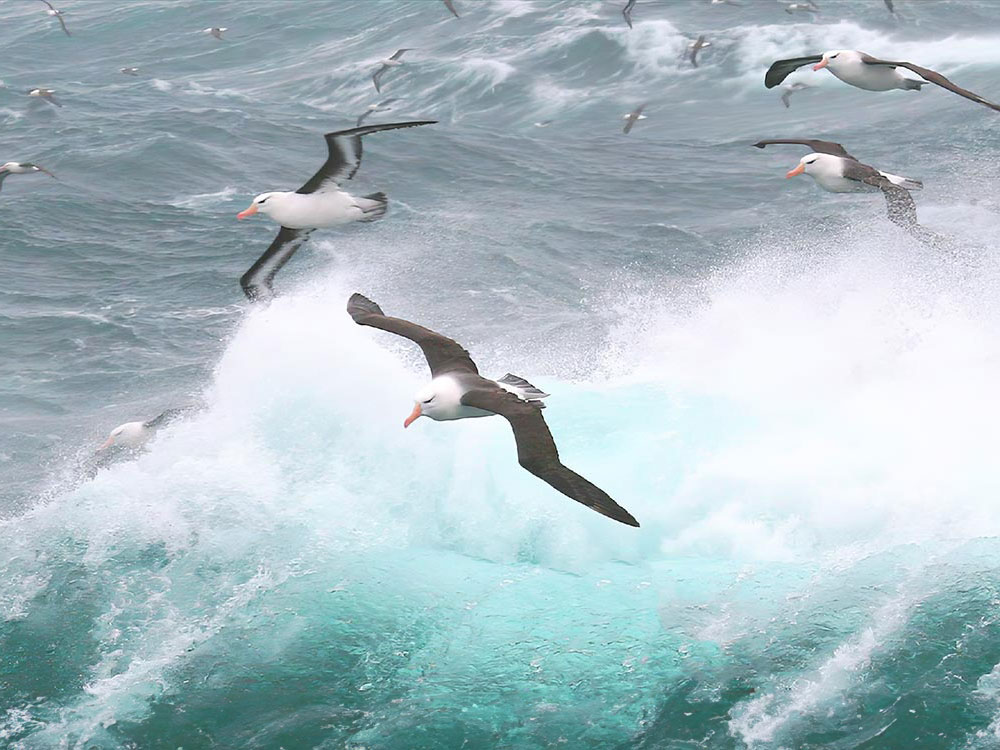The Story Of The Northern Lights: From their origins to the appearance of the lights
The Story of The Northern Lights
The mystical glow in the sky has always fascinated mankind, amazing every spectator of this natural phenomenon that is lucky enough to witness it. For countless years, people have wondered about the creation of these ethereal lights that appear in a variety of shapes and colours in the night sky. In years gone by, the Northern Lights were feared, respected, and often associated with the spirits of the ancestors and other myths and legends. Many stories, not only from the far north, but also from Europe and the United States were told to us and passed on from generation to generation.
Science is constantly bringing new insights and understanding to the forces of nature that were once considered magic or godly. Despite this, even though we now know how the Northern Lights are created, the indigenous people of Lapland still hold on to their beliefs of the mystical phenomena: Respect for the Northern Lights and a certain code of conduct play a major role in this. We know the origin and the scientific background of the Northern Lights, yet we still feel small in comparison to this natural wonder, and cannot fail to be left in awe once we have seen it for ourselves. More about the formation of the Aurora Borealis.
With all Husky tours that we offer, you will have the best chances to see the Northern Lights. The following trips are specifically designed to observe the Northern Lights in all their glory:
The Origin of the Northern Lights
The beautiful Aurora borealis are a very special phenomenon found in the coldest regions around the poles of our earth. It makes the world and the people seem small in comparison, and highlights the power and influence of the sun on our planet. Without the sun, survival would not be possible; there would be no light, no heat – and no emergence of the Northern Lights for mankind to marvel at. Although the sun makes little to no appearance in these remote places for several months during the depths of winter, its impact is visible and felt almost daily by giving us this magical natural phenomenon. The intensity, colours, and frequency of the Northern Lights that you may see on your winter holidays in Lapland 2024 - 2025, depend on solar activity. This can be measured, so that the Aurora borealis are more predictable. The higher the so-called “KP value”, the higher the probability of seeing the Northern Lights. In order for the Northern Lights to be seen from the earth, a solar wind, which consists of energetic particles – electrons, protons, and a little helium, is expelled from the sun. This solar wind enters the universe and then moves towards our blue planet – the earth.
The earth is surrounded by an apple-shaped magnetic field whose openings are at the poles. If the solar wind and its charged particles hit the magnetic field of the earth, they are attracted to these openings. In order to create the form of the polar lights, the particles are guided by the magnetic field lines to the poles and enter there into the earth’s atmosphere. Electrons hit the earth’s atoms, resulting in a lively exchange of energy. The air molecules are excited to shine and in the polar regions unique spectacles adorn the sky – the emergence of the stunning Aurora Borealis, which many people are eager to see on a Northern Lights trip. Since no solar wind is like any other, every glow in the night sky is totally different and unique, and will never be the same again. The intensity of a wind determines the appearance of the Northern Lights and has a direct influence on the duration and speed of the dancing lights, as well as how vivid the colours will be.
The Diversity of the Natural Spectacle
The colour of the Northern Lights depends on the components encountered by the charged particles of the solar wind. Thus, for example, at a height of 100 to 150 km, when the charged particles meet with oxygen atoms, a greenish light is produced. At higher altitudes, the particles hit nitrogen atoms and create a vivid red or blue colouration. In Central Europe, there have been instances of very rare red polar lights, since the solar wind can only penetrate here in higher layers of the atmosphere, where it comes into contact with nitrogen atoms. This has been the source for various Northern Lights myths. In the north of Scandinavia, you can observe beautiful green Aurora borealis and be utterly enchanted by them. The shapes of the lights are dependent on the solar wind and are extremely diverse, so each spectacle is unique and differs in size, movement, and appearance.
Not only does a high solar activity ensure the creation of these beautiful Northern Lights. Good weather conditions also contribute to a special experience. Do not be disappointed if only a thick cloud cover is visible above you, because that doesn’t mean there are no chances of seeing the polar lights. A cloud cover can dissolve quickly, and if not, you have the possibility to move to another location during your Northern Lights trip and capture the magical lights from a different viewpoint.







